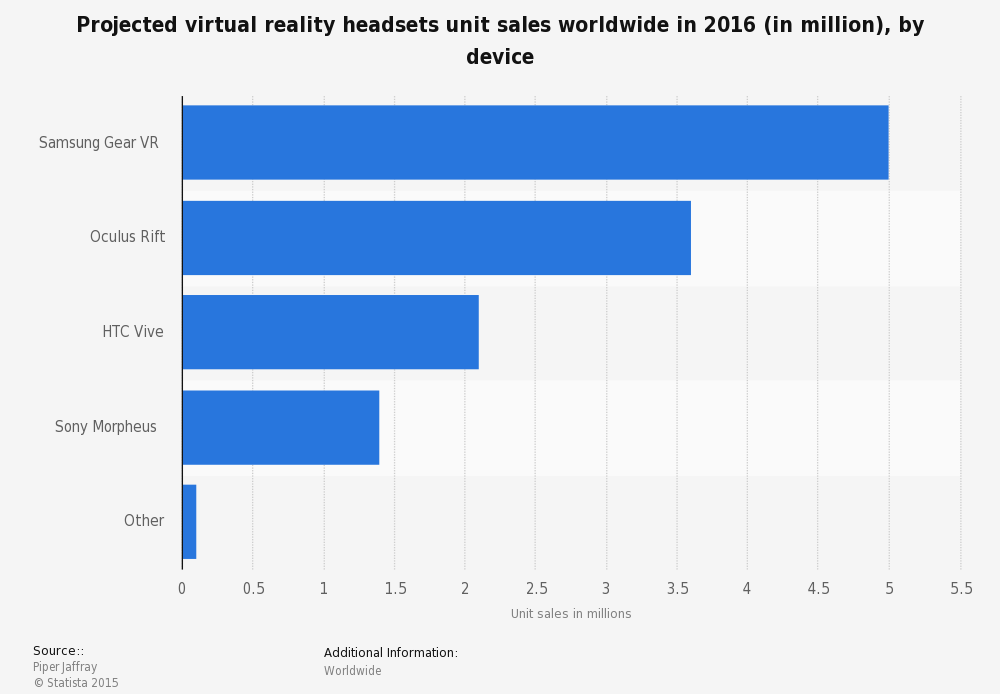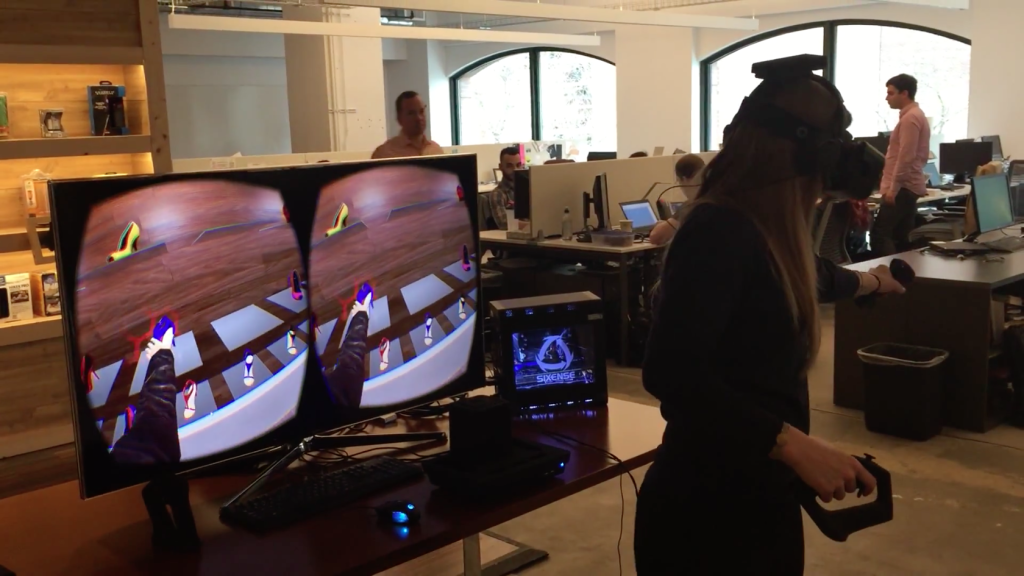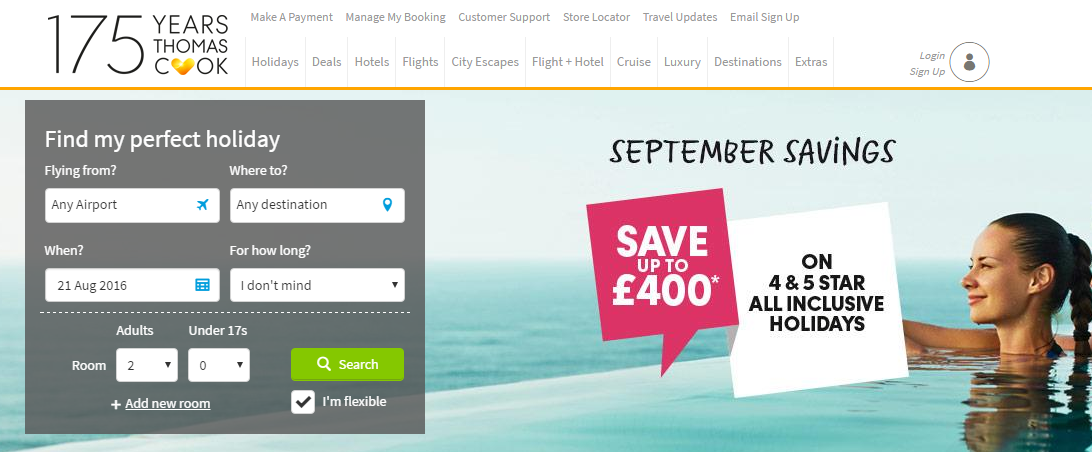Should You Start Exploring VR Marketing Now?

VR is a relatively new technology that's steadily going over the 'early-adopters' stage with sales reaching millions. Technological giants like Sony, Facebook and HTC are actively trying to increase their share on the market that has a significant potential. This means that more and more potential clients are being introduced to VR. Apart from being interested in various forms of VR entertainment, these people may also be susceptible to various forms of advertising and promotions through this medium. Big companies already explore this medium with some success.
One downside that's currently present with VR is the cost of implementation. A successful marketing product that utilizes VR costs a lot. For medium and small businesses VR is out of the itinerary, simply because it's too taxing on marketing budgets. But if you're working on long-term planning for your business, VR is a technology that can't be overlooked. And just like with any mass market tech, at a certain point, it will become affordable for more businesses. Given the possible implementations, a successful VR marketing tactic can really set you apart from your competitors. VR marketing is going to be cheaper within the next couple of years. All of the available free development products out there make this a very realistic possibility.
In this article we'll review some of the important facts that make VR marketing a very tempting opportunity that you can't ignore. It also provides some validation for your marketing bosses, who aren't convinced about the potential value of VR technology for your business.
VR USER BASE IS GROWING

As I mentioned earlier, VR sales are going up. Millions of headsets have already been sold. And these are just the numbers from dedicated VR manufacturers. There are also tons of knockoff products or cheaper alternatives that increase the number of people, actively using VR technologies. So you can imagine that the audience for VR-ready promotions and marketing campaigns is growing. If you factor in all of the mobile-ready VR solutions, you'll realize that there are more VR users than you initially thought.
It's debatable, but VR marketing campaigns may be even more attractive than anything your usual marketing arsenal has to offer. That's simply because VR is new and unexplored. Anyone with a VR headset is more likely to experience your VR promotion, because everything is fresh and exciting; the users are testing all of the various ways their headset may be useful to them. Think of all the banner ads or promotions that people are tired of.
VR USERS ARE SPENDERS
If you think about the current core of VR tech enthusiasts, you'll realize that they represent a flourishing niche of potential customers that have the money and ready to spend them. Many of them are early adopters - they were ready to pay the high price of adopting VR early in its life cycle.
People, who purchase VR headsets today are also a potential audience with money to spend. For example, a VR-ready PC costs at least $600. If you factor in the actual price of VR peripherals, then you'll realize that VR users have disposable income that may as well be spent on your products.
Introduction of products like Samsung Gear VR will surely broaden the income bracket of VR users. At the same time, this means more potential customers and the decrease in development costs.
THE TREND IS PICKING UP
As I mentioned before, the VR trend is being exploited by some of the biggest brands. But it's important to understand that eCommerce brands are also directly involved in this process. For example, Alibaba, one of the biggest eCommerce websites in the world, is investing heavily into VR and its integration with their eCommerce platform. To quote 'All of the President's Men': "follow the money."
ECommerce companies, like Alibaba, already envision the importance of VR niche and its implications for sales. You might as well start doing that too. Extensive analytical work already proves that VR is able to disrupt marketing and branding for lots of businesses.
SOLUTIONS ARE ALREADY THERE

VR solutions for eCommerce are already there. There are numerous companies that offer VR development services, aimed specifically at online retailers and their products. For example, VRShowroom offers virtual showroom (duh) solutions for companies that want to test new engagement opportunities. Sixense is working on their vRetail product that allows you to immerse your audience and offer them a brick-and-mortar experience from the comfort of their home.
There may also be local solutions in your country, which you'll have to investigate. But the point is simple - VR becomes more available as VR solutions keep sprawling all over the world.
BUSINESSES ALREADY PROFIT FROM VR

You have to understand that VR won't work for every niche. If you sell books, for example, VR has little useful applications for you. But if you niche can really benefit from VR applications and their visual potential - it should really affect your sales in a positive way.
Take the travel industry - probably one of the best niches for VR, where someone can experience a location before actually going there. Companies from this niche have already successfully implemented VR to boost sales.
IT'S LOGICAL

We all know that quality product photos can really make or brake your conversion rates. In fact, according to KISSMetrics, the actual context of the photo and its presentation are vital for future sales. There is plenty of evidence that suggest this: if you want your product to sell - show it in its natural environment; let the customer envision how they're going to use the product.
In this context, VR is like product photos on steroids. What can be better than your product presented in a 3D environment that's very close to its real world application? This is potentially huge for clothing, furniture niches and other products that require context. That's why people still visit IKEA a lot - it's very hard to imagine a piece of furniture in a living room without seeing it in real life; getting a grasp of its dimensions.
CONCLUSION
VR technology is in its infancy, but we can already see the results of it being implemented. VR does require a considerable investment at this point, both in time and money. But, depending on your product niche, the benefits of implementing virtual reality solutions for your eCommerce store can be immense. Virtual reality is the next step in product presentation for niches that heavily rely on context and environment the product is going to be used in. That's why businesses should start exploring VR solutions to gain a competitive advantage and open new marketing opportunities. It's also important to note that the cost of VR is gradually going to drop, so small businesses shouldn't shy away from considering VR as a marketing tool for their stores.
Do you have examples of successful VR marketing campaigns by small businesses? Do you think there are other ideas and implementations that I overlooked? Let us know in the comments below.
